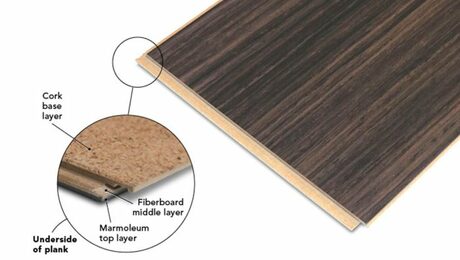Vented attics
I read an older article about vented vs unvented attics. are you talking about soffit and ridge vent style system or using attic venting fans? we specifically purchased light colored architectural style shingles when we had our roof redone several years ago to reduce the attic temp. recently found your website and am trying to utilize the research provided. I live in florida south of Miami. thank you. greg
GBA Detail Library
A collection of one thousand construction details organized by climate and house part









Replies
Gey Greg,
I'm not sure what article you read, but for a great introduction to this topic, read this article, if you haven't already: https://www.greenbuildingadvisor.com/article/all-about-attic-venting
I could see how there may be some confusion in lingo here. An attic can be conditioned or unconditioned; it is typically the roof that is vented or unvented. For example, if you have an attic where the air barrier is on the ceiling below and the insulation is on the attic floor, and there are soffit vents and ridge vents, then you have an unconditioned attic and a vented roof. If you move the air barrier and insulation up to the roof plane, you bring the attic into the conditioned space. The roof can still be vented or unvented. To understand how that works, read this: https://www.greenbuildingadvisor.com/article/how-to-build-an-insulated-cathedral-ceiling
And still there are other options for venting a roof beyond soffit intakes and ridge exhaust and a conditioned attic may have mechanical ventilation. There's definitely more to say on the topic. If you still have questions after looking at those article, please ask.
Roof venting is primarily about venting moisture out of the house. In south Florida the moisture drive is primarily from the outdoor air, and venting brings more moisture IN than it's taking OUT, and thus not the best practice. That moisture ends up condensing on ducts, and gets into the wood and ceiling gypsum in an air conditioned house. By closing up all the venting the dew point of the air in the attic will drop, trending toward the average dew point of the conditioned space air.
Hi Greg -
Since most homes in south Florida are slab on grade, lots of homes have their heating and cooling systems in the attic. If your HVAC system is in your attic, you should strongly consider either conditioning your attic (unvented) or at least consider the buried-duct approach: https://www.greenbuildingadvisor.com/article/burying-ducts-in-attic-insulation.
In terms of your "lighter color" asphalt roofing shingles: very few asphalt roof shingles reflect/reject significant solar gain; it's the black granular base of every shingle where a lot of the solar energy ends up. Take a look at Energy Star roofing: https://www.energystar.gov/products/building_products/roof_products.
Quick thought, Gable vents and power fans with vented soffit don't work.
Vented soffit with ridge vent and Gable vents don't work.
> Vented soffit with ridge vent and Gable vents don't work.
Avoiding mixed exhaust vent types is a common recommendation. Evidently it's all about an "exhaust" vent inadvertently being an intake. But this can happen with most vent choices (wind pressure will do it - even when all exhaust vents are of the same design and at the same level). So maybe the better advice is to make sure that *all* vents are resistant to snow and ember intake? Other than this, who cares if intakes/exhausts switch around at times?
People who talk about "short-circuiting" don't understand how air flows in a large open area (like an attic). The calculations showing how insignificant it is are fairly simple.
Ratio of upper to lower vents matters some - but it can still be correct with mixed vents.